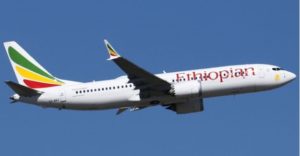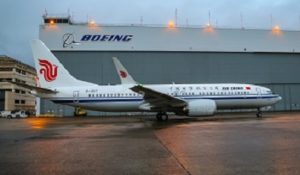Airbus wins $16.9 billion worth of commitments
London: At the 2012 Farnborough International Air Show, Airbus won about US$16.9 billion worth of business for a total of 115 aircraft. The commitments comprise Memorandum of Understanding (MoU) for 61 aircraft worth US$5.8 billion and firm purchase orders for 54 aircraft worth around US$11.1 billion.
The A350-1000 was the notable star at the show, receiving a significant endorsement from one of the world’s foremost carriers, Cathay Pacific Airways. The airline not only placed 10 new orders for the model, but also converted 16 previously ordered A350-900s to the new larger variant. This represents almost US$4.2 billion worth of business. The A350-1000 ordered by Cathay Pacific features the recently enhanced Rolls-Royce Trent XWB turbofan with 97,000lbs thrust.
Another star at Farnborough was the A330 Family which won 10 firm orders worth US$2.3 billion from CIT Group. This order is additionally significant since it marks the launch of the new upgraded 240 tonne take-off weight A330. This version opens more routes and offers up to 400nm more range and nearly five tonnes more payload than the A330s being delivered today. In addition, Synergy Aerospace ordered six A330-200s plus three A330 Freighters, bringing the total commitments for the A330 Family at Farnborough to 19 aircraft.
The A320 Family also scored at Farnborough by winning 86 commitments worth over US$8.4 billion. Overall there were 57 commitments for the ‘current engine option’ (‘CEO’) A320 Family which shows that it is still the industry’s benchmark single-aisle aircraft. These included an MoU from China Aircraft Leasing Company (CALC) for 36 new ‘CEO’ single-aisle aircraft which can be equipped with the new fuel-saving Sharklet large wingtip devices. Another ‘CEO’ highlight was Utair’s firm order for 20 A321s worth over US$2 billion. Meanwhile, the forthcoming A320neo – which has just commenced production – also re-affirmed its marketing leading position at Farnborough with 29 new commitments from Avolon, Middle East Airlines, and Arkia Israel Airlines.
Fabrice Brégier, Airbus’s Chief Executive Officer said: “The quality of orders at Farnborough has been high at the show, with significant endorsement from leading customers of our strategy to continuously innovate and improve our products.” He adds: “With the recent announcement last week to build an A320 production line in America, coupled with the start of production for the A320neo in Toulouse, Airbus is cementing its leading global position.”
In addition to aircraft order announcements, Airbus Customer Services enhanced its global footprint by signing a cooperation agreement with GMF AeroAsia, the maintenance and repair subsidiary of Garuda Indonesia. This 10-year strategic partnership will develop a local maintenance training centre for Airbus customers in the region. Airbus also became the first aircraft manufacturer to launch an innovative range of iPad ‘Electronic-Flight-Bag’ applications to enable pilots to manage aircraft performance data on the popular light handheld device. Meanwhile Airbus launched a new cabin innovation – the SpaceFlex lavatory concept – a new option now available for the A320 Family which creates more passenger comfort and revenue space.
Furthermore, Airbus was the headline sponsor of the Farnborough Innovation Zone and Future’s Day. The Innovation Zone promoted inspiring R&T projects and a futuristic vision of a sustainable aviation sector in 2050 and beyond. Airbus experts discussed alternative energies, future solutions and future talent. Source: Farnborough Air Show















